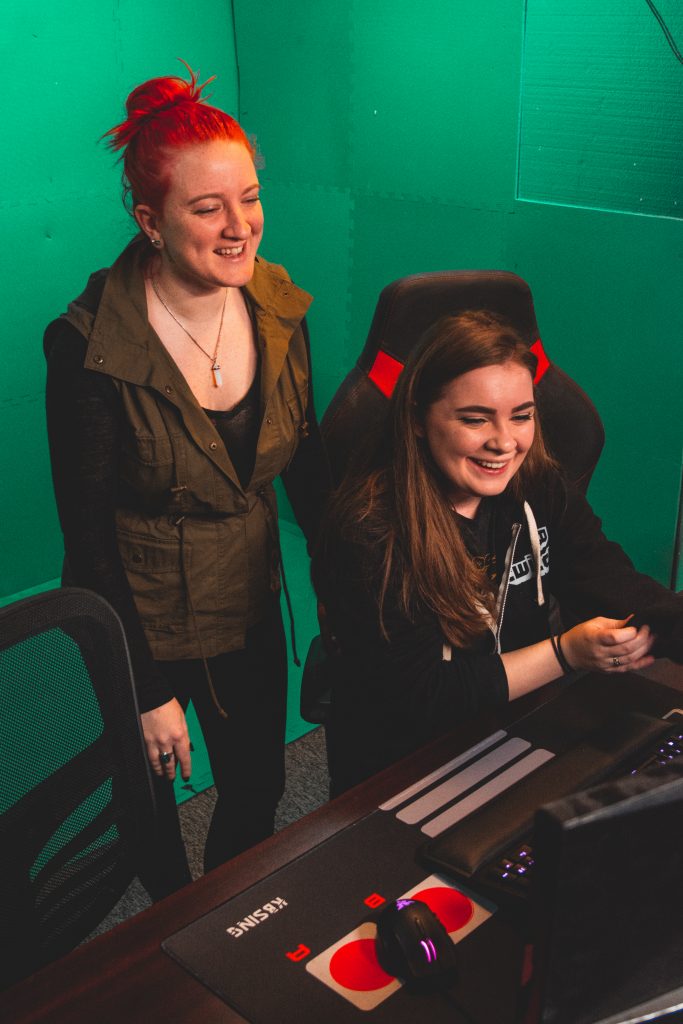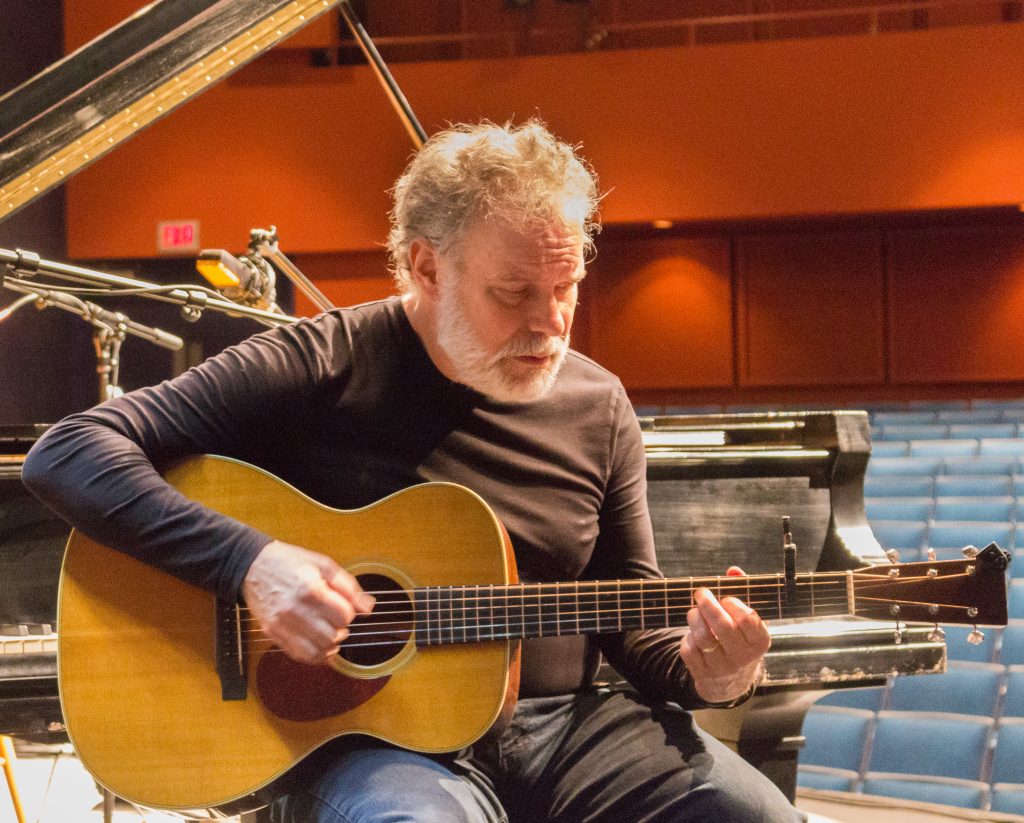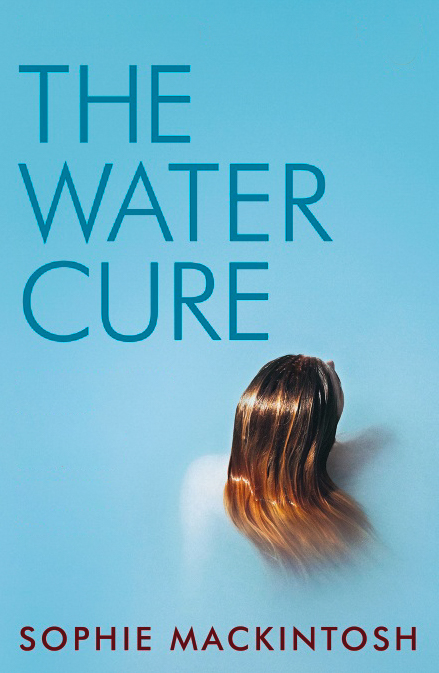Contact the author at howllifestyle@wou.edu

Contact the author at howllifestyle@wou.edu
Rebecca Meyers | Lifestyle editor
If there’s anything nearly all students can relate to, it’s the stress of class requirements, grades and graduation. This is often related to the further stress of thinking about where graduation will then take us, and our entrance into the real world.
Some students, however, have already been into the real world and have found that it still leads back to Western. In most cases, these nontraditional students are also aiming for a degree of some kind. This is not the case for student Paul McNeil, who is taking classes purely for the purpose of continuing his education. As this is an experience I can’t relate to, I asked for an interview to get a different perspective.
With a backpack full of textbooks, McNeil, despite the age difference to most students, seems to fit in with the college kids lounging in the Werner University Center — maybe because he has been attending college classes for years, and not just at Western. He continued studying long after earning a degree in physics, a major he picked because, according to McNeil, “it challenged me the most.”
“I could drop into any department (at Western) and find something interesting to study,” McNeil said in regards to the contrast in his classes. Though his physics degree took him through careers in technology and engineering, he now takes courses such as Economic Geography and Transnational Migration. He was drawn to these classes by the desire to learn about “how the world is set up financially,” he mentioned, and how this affects global inequality and society.
McNeil audits the classes, meaning he doesn’t have to worry about a grade — although, as he points out, the instructor is still free to call on him and ask for contribution to the discussion, and so the familiar mantra of “make sure you do the reading” is echoed in this situation.
As a senior citizen, McNeil also gets to audit classes for free with permission of the professor. This is a point he emphasized, as it is a little known fact that others might be able to take advantage of. He revealed there are other additional benefits of auditing classes.
“My initial thought…was that getting a student card would allow me access to the university’s library database,” he said, appreciating the extensiveness of Hamersly Library and noting that not every library has such range.
Overall, the conversation, for me, turned out to be a much needed reminder that studying for a degree is important, but continuing education for personal self growth is as well. Before parting, McNeil commented that students these days have a wealth of information at their fingertips, and that it can be beneficial to explore all options: “Students shouldn’t feel so pressured to choose …there is so much information to explore, and finding the right thing can take some time.”
Contact the author at howllifestyle@mail.wou.edu
Contact the author at howllifestyle@wou.edu
Chrys Weedon | Entertainment Editor
According to the 2016 census, Monmouth’s population is about 10,000 people. The Girls Play Youtube channel’s subscriber count currently sits at about 246,000, which is 24 times more people than the population of Monmouth.
Girls Play is a channel that has been building a following for six years. The group also has a considerable following on Twitch, a streaming channel where viewers can interact live with streamers. Many women have joined and left the channel over the years, but the current team is about 10 people. One of the original members, Larson, was working at Target and attending Western when the channel was born.
“One of my friends realized ‘hey, there’s no girls in this platform, and especially a group. How cool would it be if we could get a group of girls in this niche that’s starting to grow and see what we could do with it?’” said Larson.
The channel started in a bedroom, and in the beginning it was just a hobby. Larson commented that for the first four years, she was only recreationally making videos while also working and going to school. But as their following grew, it became a full time job.

“I’ve only been full time two-years with this,” Larson commented, “it was very hard. Even though we look big and professional now, it’s still a struggle and I don’t think a lot of people ever realize that the struggle at the beginning is real.”
Natalie Doerfler, a junior theater major at Western, joined the channel about a year ago.
“Now people are recognizing Youtube and Twitch as actual jobs and you get paid to do them,” Doerfler said.
Although maintaining the channel takes a lot of work, Natalie enjoys being able to do something she loves.
“It’s become about just hanging out with friends on a Youtube channel and on Twitch, and just being able to play video games,” commented Doerfler.
The Girls Play channel has videos on a diverse group of video games.
“We’re… variety, which was originally why we liked the idea of the girl group,” said Larson, “because you have so many different personalities, whereas a lot of channels especially are very solo focused.”
Specific challenges come along with being a group of women online in a Youtube genre that is dominated by men.
“There are gonna be the men who come into chat and talk about how much makeup you’re wearing and how distracting it is,” said Doerfler, “and then you’ll have another guy come into maybe a different stream where you’re wearing a little bit less makeup and they’ll judge you for how little makeup you’re wearing.” But, in the end, the girls say that the community they’ve built is worth everything.
“We are completely relying on the community to keep (the channel) going,” Larson said.
Doerfler said the most important thing about the channel to her was to engage with other women within the gaming community.
“I think it’s important to show men that, hey, this is happening and it’s okay for you to enjoy this as well,” said Doerfler. “I just want people to see that women are having fun with video games just as much as men.”
Contact the author at howlentertainment@wou.edu
Video courtesy of Chrys Weedon
Photo courtesy of Paul F. Davis

Chrys Weedon | Entertainment Editor
John Gorka was born into the world of music in a small coffeehouse in Pennsylvania in the 1970s. The coffeehouse, Godfrey Daniels, was a hotspot for musicians and a place that Gorka frequented often, even living in the basement for a time. There at Godfrey Daniels, he met a myriad of musicians who inspired him and he quickly started writing his own music.
Gorka’s first album, “I Know,” was released in 1987. He released his 14th album on January 19, 2018.
Gorka visited Western on Jan. 18 as a visiting artist. As part of the Smith’s Fine Arts series, Gorka came to play his music and share the wisdom he has gathered through his years of making music and touring.
“Of course, I’ve been influenced by mainstream stuff. But I think of myself as something of an insider, and I have always felt that it was better to really strongly affect a small number of people, than to reach a big number of people only superficially or temporarily,” said Gorka in a story in the Huffington Post by journalist Brian D’Ambrosio.
Gorka’s songs are strongly characterized by the storytelling element. Each song takes the listener on a journey. Songs like “Mennonite Girl” and “Edgar the Party Man” are both examples that show off Gorka’s storytelling abilities. Along with his more structured, storytelling songs, Gorka has multiple pieces that are more funny and lighthearted, like “People my Age” and “Like my Watch.” On stage, Gorka is jovial, cracking jokes and telling stories about his travels and his music career.
Behind the scenes, however, Gorka is shy and subdued. Earlier in the afternoon on Friday, Jan 19, Gorka held a song writing workshop to impart his knowledge of the craft and share his writing techniques. He often deflected attention to his instruments and his songs.
“Personally, I wanted to push myself out of my comfort zone,” commented Sage Kiernan-Sherrow, a junior pursuing an English degree with a literature concentration.
“What I got out of it was that you have to be comfortable forcing yourself to create even when you don’t want to,” said Kiernan-Sherrow, “and experimenting with your work when you’re stuck.”
The songs of John Gorka are clearly products of many different influences, but they all have a strong theme of honesty through each one of them. Each melody, each lyric, feels like a secret memory or poem. Gorka’s music can be found on Spotify and iTunes. His website can be found at johngorka.com.
Contact the author at howlentertainment@wou.edu
Photo courtesy of Ashlynn Norton

Chrys Weedon | Entertainment Editor
“If the men come to you, show yourself some mercy. Don’t stick around and wait for them to put you out of your misery.” These are the words of King, the caretaker and creator of a supposedly utopian compound in a world that is plagued by male violence and intense radiation. Here, with their mother, three women liver: Grace, Lia and Sky. King has vanished, apparently killed by the dangerous world outside.
Only Grace still has faint memories of the outside world. Lia and Sky were too young to know what the world is really like. Convinced from a young age that certain death awaited them beyond the borders of the compound, the girls stay with their mother and reminisce about the past, about the years when women would travel to them by sea to be healed.
In order to be cleansed, guests would endure different “therapies” of King’s own design. These included purging, being held underwater for as long as possible before drowning, and burning effigies representative of each woman’s trauma. These all led up to a final therapy — the water cure. For a final time, a woman deemed truly healed would be held underwater within an inch of drowning; if she survived, she was ready, and would travel back into the world.
Grace, Lia and Sky grew up enduring these therapies, all the while learning of the violent and chaotic nature of men, who would hurt you if they got the opportunity. When three men wash up on their shore, tensions rise and the sisters are forced to adapt to their new lives among them. When their mother disappears, the girls start to understand their own strength and capacity for desire.
Author Mackintosh’s descriptive ability and complex writing makes this novel intriguing. The many layers and metaphors in the novel deserve a comprehensive analysis. The distinctive voices of Grace and Lia, who take turns narrating the book, alternate so fluidly and naturally. Mackintosh clearly has a strong command of language. The fact that “The Water Cure” is her first novel is very promising.
Overall Rating: I would strongly recommend this book, but would advise caution. There is some imagery of abuse and sexual assault that could adversely affect some readers.
Contact the author at howlentertainment@wou.edu
Photo courtesy of penguin.co.uk

Lake Larsen | Sports Editor
Oregon Normal School campus, Monmouth, Oregon, fall of 1927, a handful of bright eyed and hopeful Normal School men looked to bring a new sport to the campus. A small school with only a couple of sports and no mascot became host to one of Oregon’s first wrestling programs. These men started what would be known later as the “Neck Snappers,” the “Back Breakers” — the Monmouth Mat Men.
At the start of the new school year, a group of Normal school men gathered together to start a wrestling team. In its first year as a program, the team never saw a match outside of friendly intra team sparring on the Normal school campus, but in the years to come, the rag tag group of fighters started to develop a reputation.
Great Depression era Oregon was host to only a handful of colleges with wrestling programs. This lack of teams meant the Monmouth Mat Men were forced to bout with untraditional opponents. Ranging from local Portland YMCA’s to Corvallis High school, the Mat Men were ready to take on anyone.
The 1930’s Lamron, Western’s newspaper at the time, was packed full of the weekly action of the wrestlers, and in some cases, showcased the brutality of the sport. It was common to find infirmary updates highlighting the names of wrestlers. From twisted ankles to broken ribs, the Mat Men cemented a reputation of being hardened fighters. But come 1991, there was one opponent that no man could defeat.

Western Oregon State College campus, Monmouth, Oregon, winter of 1990, a team of 27 Western Oregon State College wrestlers began their season as normal. Coaches began to plan for the upcoming meets, wrestlers worked to get in peak condition, and only 20 miles away in a Salem government building, a new measure was making its way onto the upcoming ballot.
Measure 5 aimed to make changes to the property taxes and public school funding within the state. However, these changes would be devastating to a nearly 65 year old program. Rumors started to stir around campus that if Measure 5 was passed, a slew of programs across the campus would be cut. On the rumor mill’s chopping block — was the once mighty Mat Men.
Despite the possibility of losing their team, the Wolves still fought valiantly every meet. As the season grew on and the Oregon state ballots began to be tallied, the wrestlers never surrendered.
In November of 1990, election results started being published — Measure 5 was officially passed. With the new measure over property tax becoming law, school officials had difficult decisions to make.
Despite the new instability of their future, across campus in New PE gym, there was only one fight on the mind of the Mat Men — the National Championship. Four wrestlers were invited to take the trip to Butte, Montana: sophomore Dan Ward, junior Dennis Moore and first-year Jason Ingram. Unsure of the future of their program, the wrestlers geared up and headed out. But little did they know, this would be the last time they, or anyone, would don the red and black singlet for the Wolves.
Upon arriving back home, the Western Star, formerly the Lamron, ran a short, but blunt, message in Volume 2 Issue 17 from Feb. 28, 1991 — “… wrestling had been cut at WOSC in the wake of Measure 5.” The team had decades of seasons full of hard fought wins, but in the fight that mattered most, the Wolves fell short. The 1990-1991 season was the last season of wrestling was recognized as varsity sport. Today, wrestling survives as a club sport on the Western campus.
Contact the author at howlsports@wou.edu
Photo courtesy of omeka.wou.edu